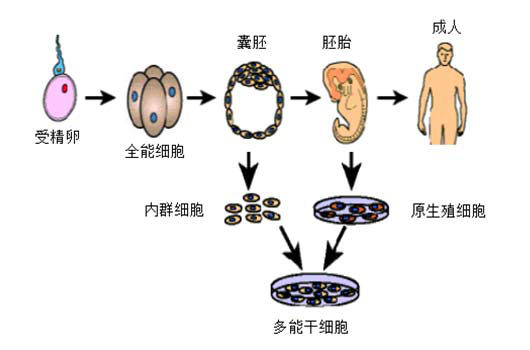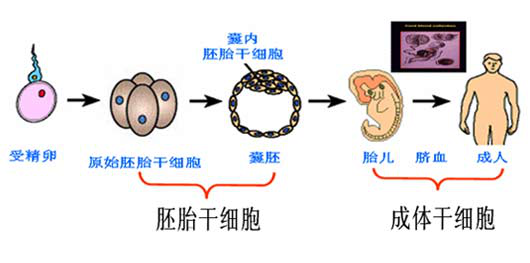- HOME
-
YINFENG BIOLOGICAL
Group Portfolio Yinfeng in China Organizational Structure Technical Team Development History Corporate CultureABOUT YINFENG BIOLOGICAL
Yinfeng Biological, integrating scientific research, science and clinical application, has been devoting much attention to the cooperation with large medical institutions and scientific research institutes, working to create a world-class new and high-tech biology communication platform such as cell preparation, cryopreservation of cells and cell therapy. And it has dedicated to the establishment of new type industrial clusters for biotechnology and biological medicine in order to provide high-quality resources and services for the development of human cell medicine.

- NEWS CENTER
NEWS CENTER
Yinfeng Biological Group., Ltd., attached to Yinfeng Group with the registered capital of RMB 100 million, is dominated in the research of human cell, tissues, organs storage, and basic technology of cells and new and high-tech development of clinical application.

- INVESTMENT FIELD
INVESTMENT FIELD
We have successively cooperated with many scientific research institutes such as the Medical College of Shandong University, Qilu Hospital of Shandong University, Shandong Provincial Hospital, Institute of Basic Medical Sciences of Chinese Academy Medical Sciences and Institute of Military Medicine of Nanjing Military Region. With the support of resources, technologies and talents of Shandong Core Blood Bank, we will work to integrate the scientific research, science and clinical application, to create a world-class new and high-tech biology communication platform such as cell preparation, cryopreservation of cells and cell therapy and to establish new type industrial clusters for biotechnology and biological medicine in order to provide high-quality resources and services for the development of human medicine.

- CORPORATE IMAGE
CORPORATE IMAGE
Yinfeng Biological, integrating scientific research, science and clinical application, has been devoting much attention to the cooperation with large medical institutions and scientific research institutes, working to create a world-class new and high-tech biology communication platform such as cell preparation, cryopreservation of cells and cell therapy. And it has dedicated to the establishment of new type industrial clusters for biotechnology and biological medicine in order to provide high-quality resources and services for the development of human cell medicine.

- CONTACT US
CONTACT US
Yinfeng, taking “dedication of to medical technology to protect human health” as its duty and establishing cell tissue banks and genetic information databases in 12 provinces and municipalities all over China, provides the best technical service of biological biotechnology.






